ESA Exploration Roadmap
Initiatives and Programs
ESA Exploration Roadmap
July 4, 2022: In a bold vision to secure Europe’s role in space exploration and so benefit from the many scientific, economic, and societal rewards, ESA is publicly releasing its new exploration roadmap after its presentation to its Council, the agency’s highest ruling body. 1)
Called Terrae Novae 2030+ (Latin for new worlds), the document lays the groundwork for Europe to ensure its leading role in space exploration for future prosperity.
“This new long-term roadmap for exploration is now available to guide decision-makers who will ultimately make the choices on how far to take Europe on the journey of deep-space exploration,” says ESA’s director of Human and Robotic Exploration, David Parker.
“Terrae Novae is not only literally about exploring new worlds, but by describing the limitless opportunities for discovery, economic growth and inspiration it also expresses our ambitions for Europe’s future innovators, scientists and explorers.
Terrae Novae is ESA’s exploration programme. The Terrae Novae 2030+ strategy roadmap has been created as a flexible instrument with options to tune the decisions that must be taken for European exploration in view of scientific and technological breakthroughs and considering the evolving political and programmatic landscape, as well as the level of ambition and affordability at the time the decisions are taken.
Terrae Novae is not only literally about exploring new worlds, but by describing the limitless opportunities for discovery, economic growth and inspiration it also expresses our ambitions for Europe’s future innovators, scientists and explorers.
We hope that everyone can use this roadmap to make our three-part vision a reality: to continue a strong presence working in low-Earth orbit, to send the first European astronauts to explore the Moon throughout the 2030s, and to prepare Europe’s role in the first historic human voyage to Mars.
While ESA astronaut Samantha Cristoforetti continues her Minerva mission on the International Space Station, the first European Service Module for Artemis awaits its launch and construction of the lunar Gateway gathers momentum, ESA is already looking forward to exciting new projects. These include the European Large Logistic Lander designed to support human exploration of the Moon; and the Earth Return Orbiter, the spacecraft that will return from Mars with invaluable scientific samples as part of the NASA/ESA Mars Sample Return campaign.
Against this background, the array of candidate new exploration campaigns draw on all of ESA’s world-class abilities – from space transportation (including future launchers) to operations, technology, communication, navigation, applications, and commercialisation. The underlying capability of being able to launch and deliver payloads to low-Earth orbit, the Moon and Mars is a unifying theme which will ensure constant scientific breakthroughs and technological developments, and so ensure Europe retains a place in the first rank of space explorers.
As ESA’s Director General Josef Aschbacher explains: “More than any other space activity, space exploration offers a unique blend of curiosity and opportunity – the curiosity to venture into the unknown in search of new horizons and new knowledge; and the opportunity to return to society the many benefits of making the journey.
“I now invite our political decision-makers to define Europe’s level of ambition so that ESA, together with all its stakeholders, can translate this strategy roadmap into reality.”
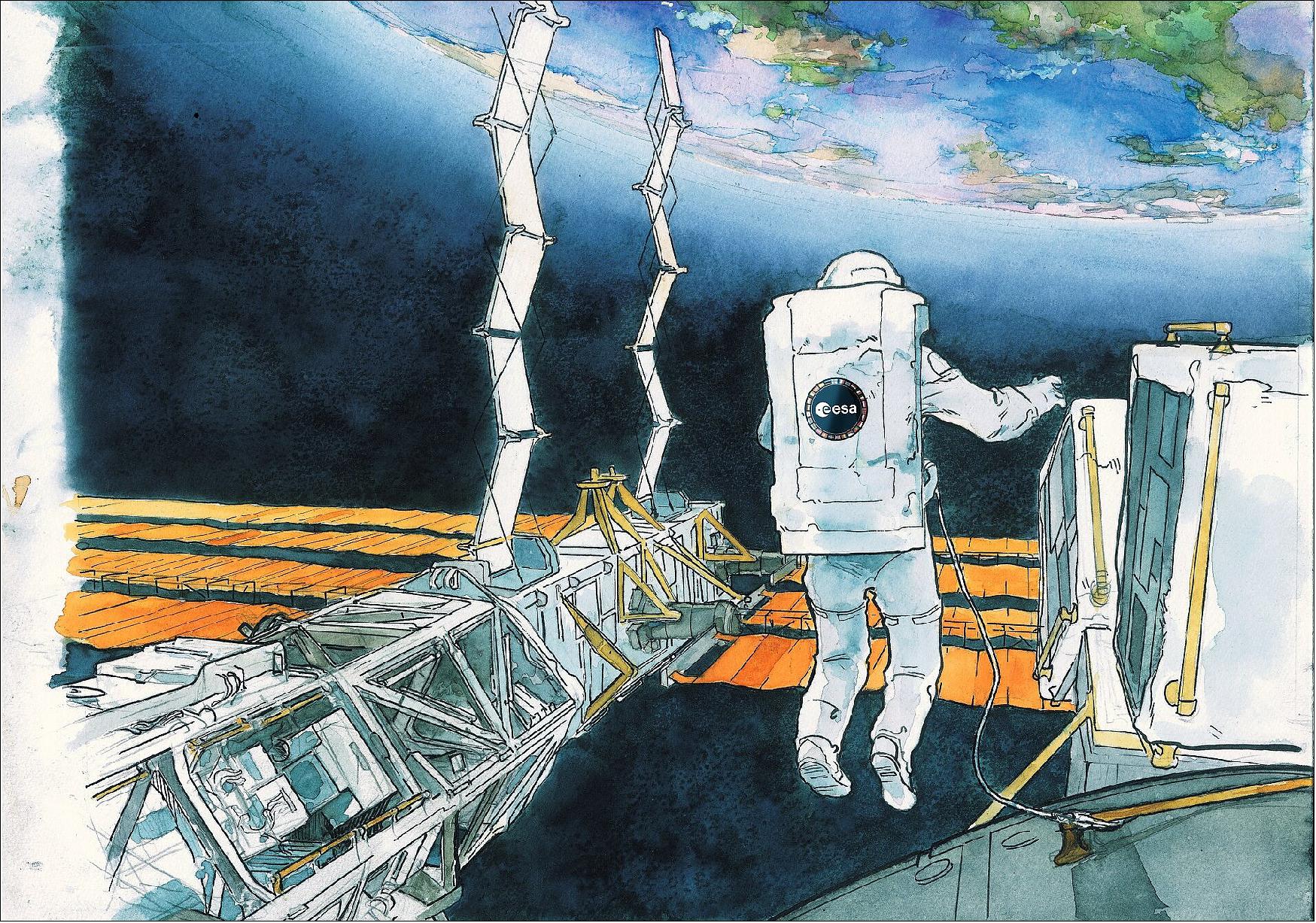
While always delivering measurable benefits for society today and tomorrow, the top objectives are threefold: to create new opportunities in Earth orbit for a sustained European presence in the post-International Space Station era, to enable the first European to explore the Moon’s surface by 2030 as a step towards sustainable lunar exploration in the 2030s, and to prepare the horizon goal of Europe being part of the first human mission to Mars.
At the beginning of this decade, space exploration is at an unprecedented crossroads.
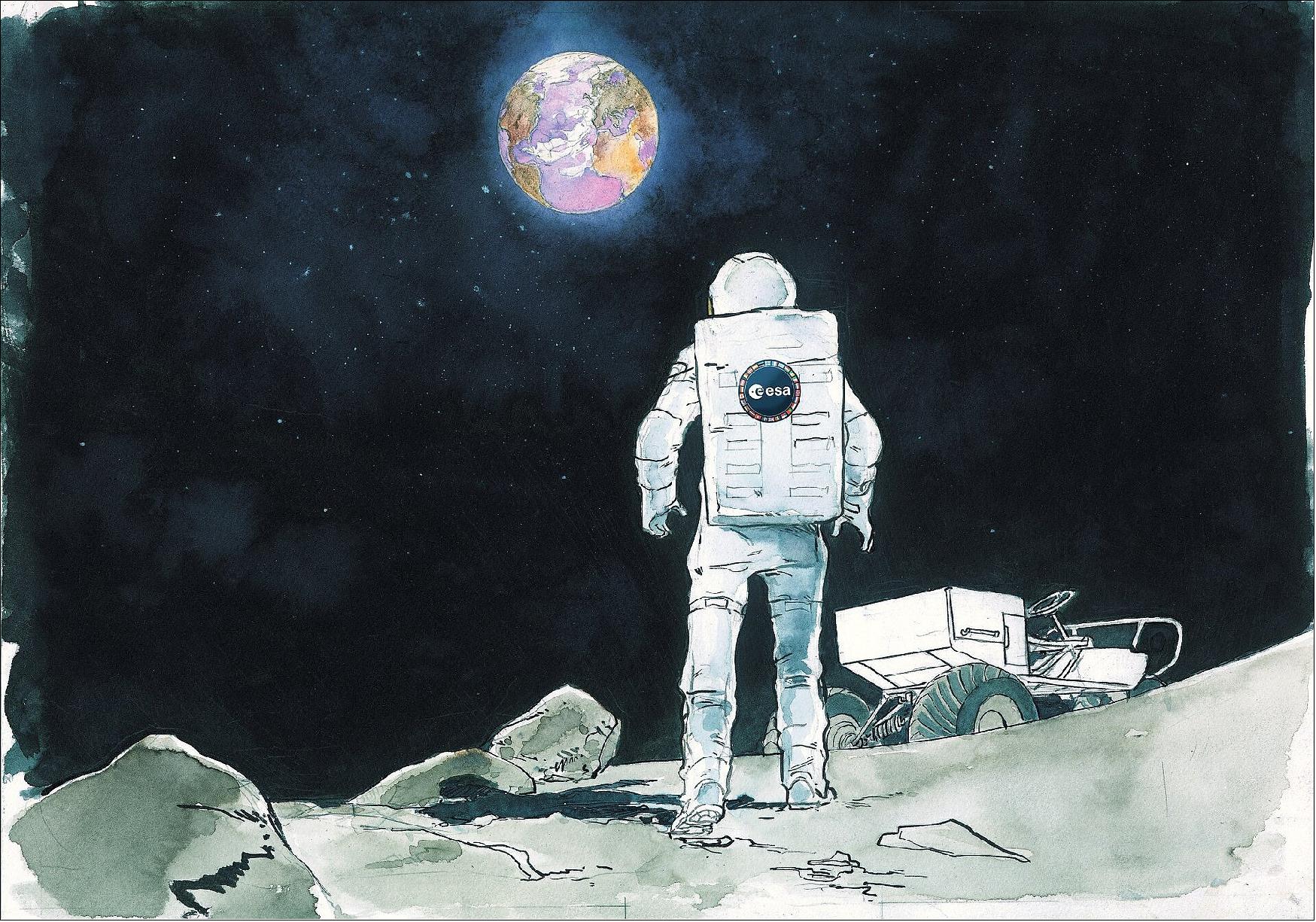
The Terrae Novae 2030+ strategy roadmap has ambitious goals for each of the three exploration destinations low Earth orbit, Moon and Mars. The high-level ambitious goal for the Moon is to have the first European astronaut land on the Moon before 2030 by providing autonomous Moon landing capabilities for European-led missions within an international cooperation context, developing scientific and infrastructure assets, and preparing for sustained lunar exploration in the 2030s, possibly also seizing new cooperation opportunities in human landing and surface mobility capabilities.
For more on ESA’s human and robotic exploration strategy see: https://www.esa.int/terraenovae 2)
Terrae Novae naturally reflects the aspiration of ESA's 22 participating states to reach out to new partners from beyond the space sector and enlarge the space ecosystem to the commercial sphere, along with our international partners.
Four strategic objectives steer Europe’s exploration strategy, agreed by ESA’s council at ministerial level in 2014. These fall into the spheres of science, economics, global cooperation, and public inspiration. The goals represent the European value of making space exploration an activity for the benefit of all.
Space exploration is unquestionably an investment for future prosperity. It demonstrably generates high quality jobs and immediate economic return. Exploration science and technologies are an accelerator of sustainable development which are already generating solutions that make life on Earth more productive, cleaner, and sustainable. Space exploration is also inherently exciting, inspiring, and motivating - especially for the next generation.
In 2019 European ministers decided to implement ambitious European exploration campaigns with new capabilities and hardware to be deployed for humans in deep space and Moon orbit, and for Mars robotic exploration.
The exploration campaigns to low-Earth orbit, Moon and Mars are in full swing and will position Europeans at the forefront of exploration. By delivering essential capabilities ESA is now a key international partner in both Moon and Mars exploration.
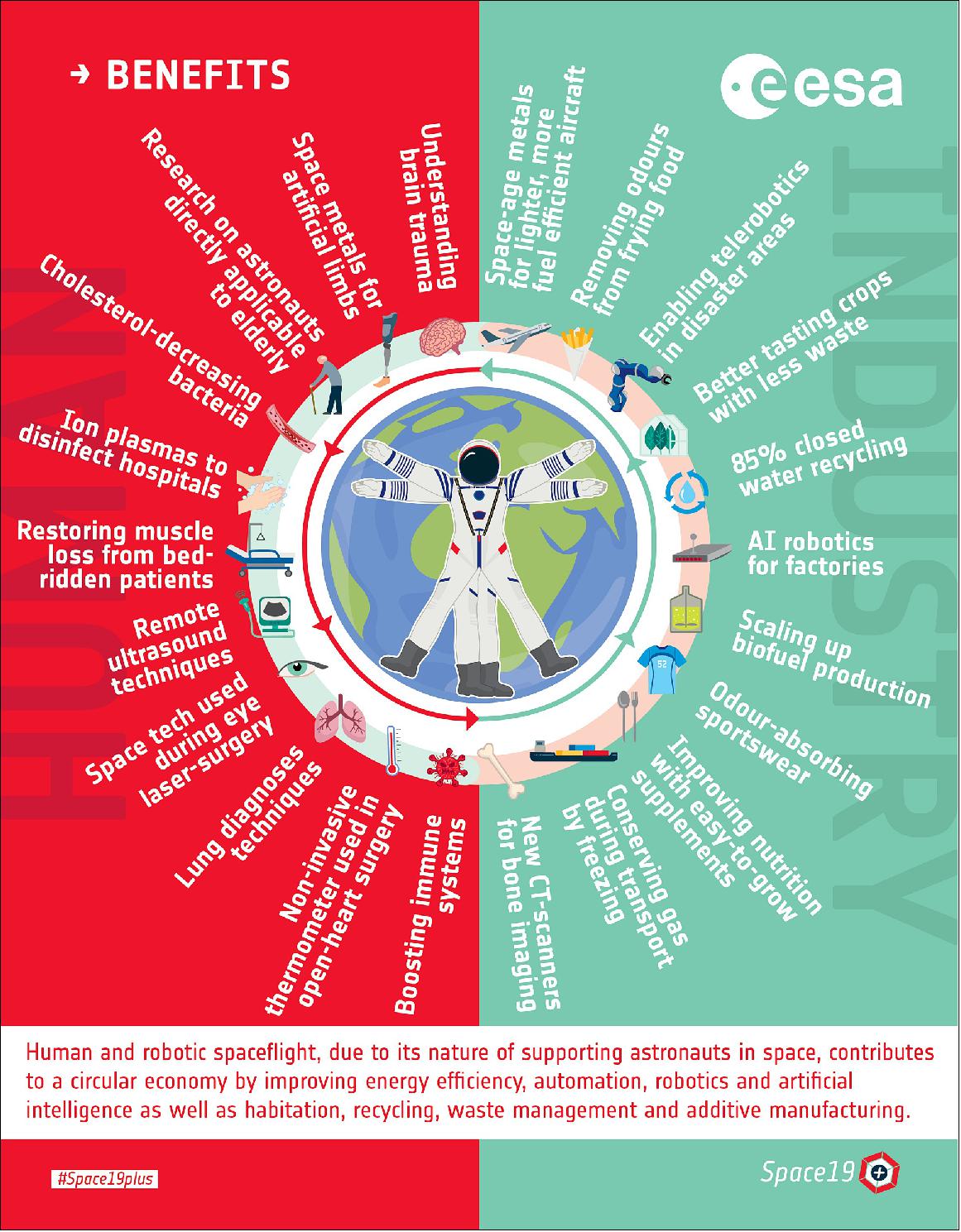
What we are Doing this Decade
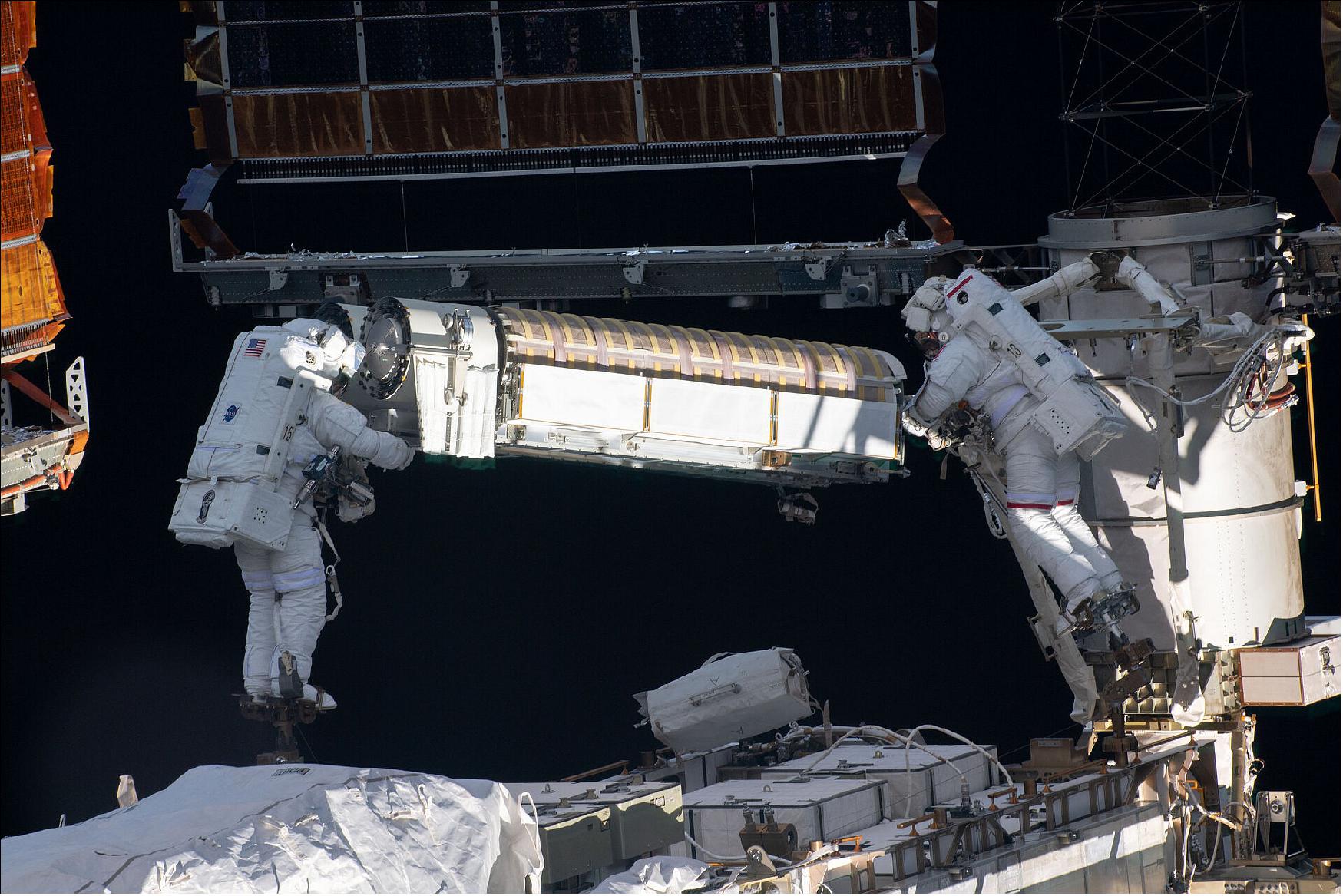
• Fly more European astronauts on long-duration missions to the International Space Station returning scientific benefits to society and inspiring the next generation of engineers, scientists and explorers.
• Demonstrate our commitment to diversity and fair opportunities by preparing the first-ever mission to the International Space Station by an astronaut with a physical disability.
• Start training the next generation of Europe’s space explorers.
• Prepare European industry to be a strong player in the future Low Earth Orbit economy by stimulating the development of commercial services.
• Allow astronauts to explore deep space for the first time since Apollo thanks to ESA’s Orion European Service Modules.
• Build two out of the three habitation modules of the lunar Gateway, humankind’s most remote research outpost and provide refuelling and critical communication functions to the lunar surface.
• Assign the first three ESA astronauts on missions to the Gateway supporting its assembly and operation, venturing farther from Earth than any European in history.
• Land multiple scientific payloads on the surface of the Moon, prospecting for the presence of water and other volatile materials that will both reveal its history and help prepare sustainable exploration by locally sourced space resources.
• Begin the design and development of Europe’s large lunar lander, Argonaut, a multi-mission delivery truck for scientific payloads, rovers and infrastructure that will support sustained human exploration throughout the 2030s and ensure the first European steps onto the Moon’s surface before 2030.
• Land and operate Rosalind Franklin, the first dedicated life-searching rover on Mars while continuing to probe the Red Planet’s atmosphere with our Trace Gas Orbiter.
• Advance the development of our contributions to Mars Sample Return, the most ambitious robotic exploration campaign ever attempted which is destined to return invaluable scientific material from another planet for the first time in history.
• Prepare exciting new possibilities for the exploration of Moon and Mars for decision at future Council meetings at ministerial level.
Planning for the Next Decade
Decisions are required to ensure long-term European capabilities for example in low-Earth orbit and to prepare the next steps in deep space for lunar surface exploration and intermediate steps towards sending humans to Mars. The Terrae Novae 2030+ strategic roadmap was developed to steer the long-term vision for Europe’s decision makers on the robotic and human exploration of the Solar System.
The overarching vision of Terrae Novae is for Europe to step-up further and enter the top tier in selected exploration areas with a sustained lunar exploration campaign building on the first European astronaut to the Moon surface before 2030, and Europeans on their way to Mars by 2040 while keeping European presence and use of low-Earth orbit.
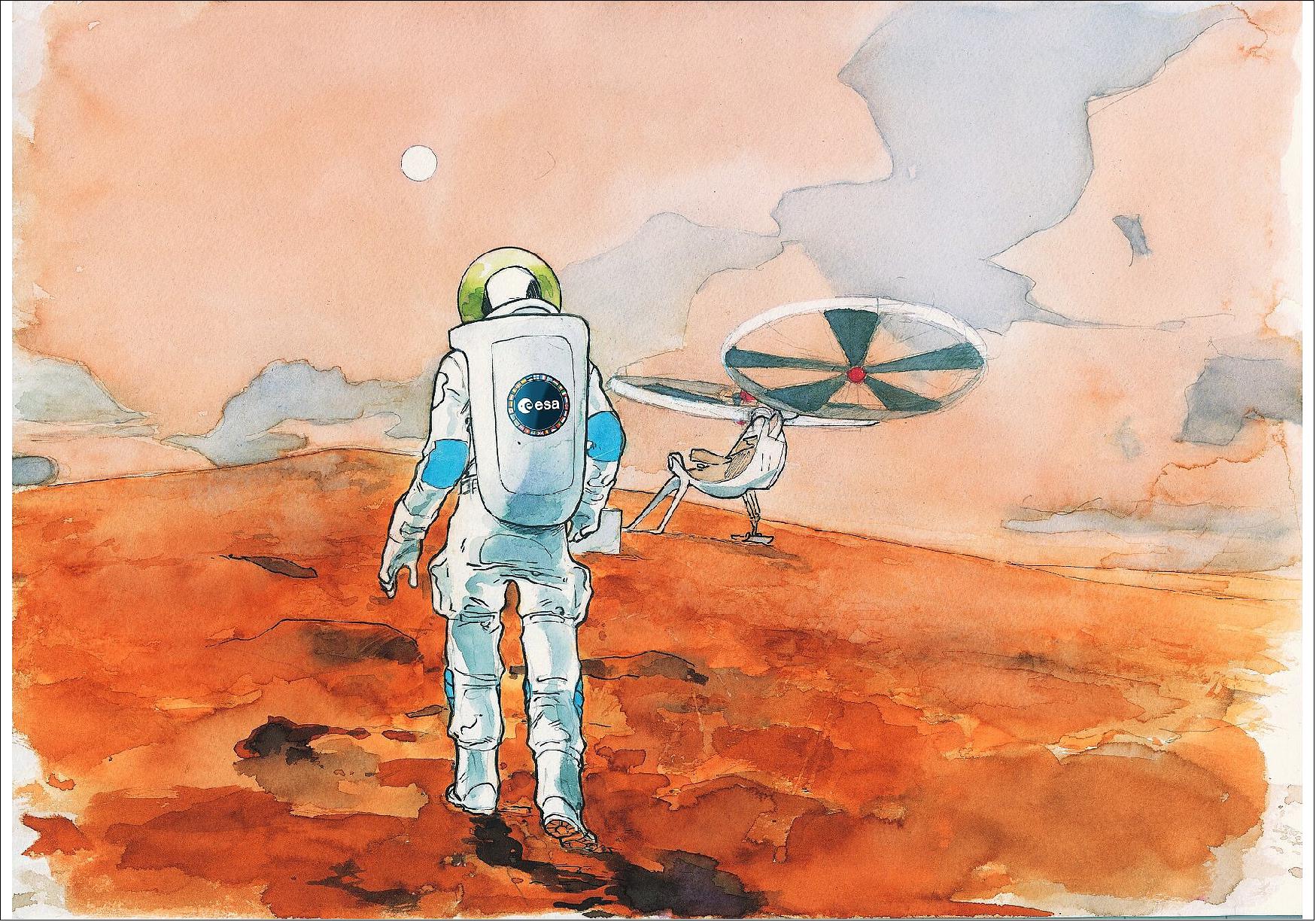
The common thread for all three destinations is that autonomous logistics capabilities will allow ESA to take up strategic roles in terms of:
• European autonomy – from launch to landing – to define and implement Europe’s own science and technology roadmaps,
• resilience of capabilities, providing options to choose between European-led activities or interdependent projects with international partners depending on the context, resources and benefits,
• evolved partnerships as a means to offset Europe’s needs for low Earth-orbit utilisation, and to participate in international Lunar surface activities and Mars human transit and surface missions,
• opening options for leadership in terms of capacity-building and inviting other partners into specific European activities.
Science, the Ultimate Destination
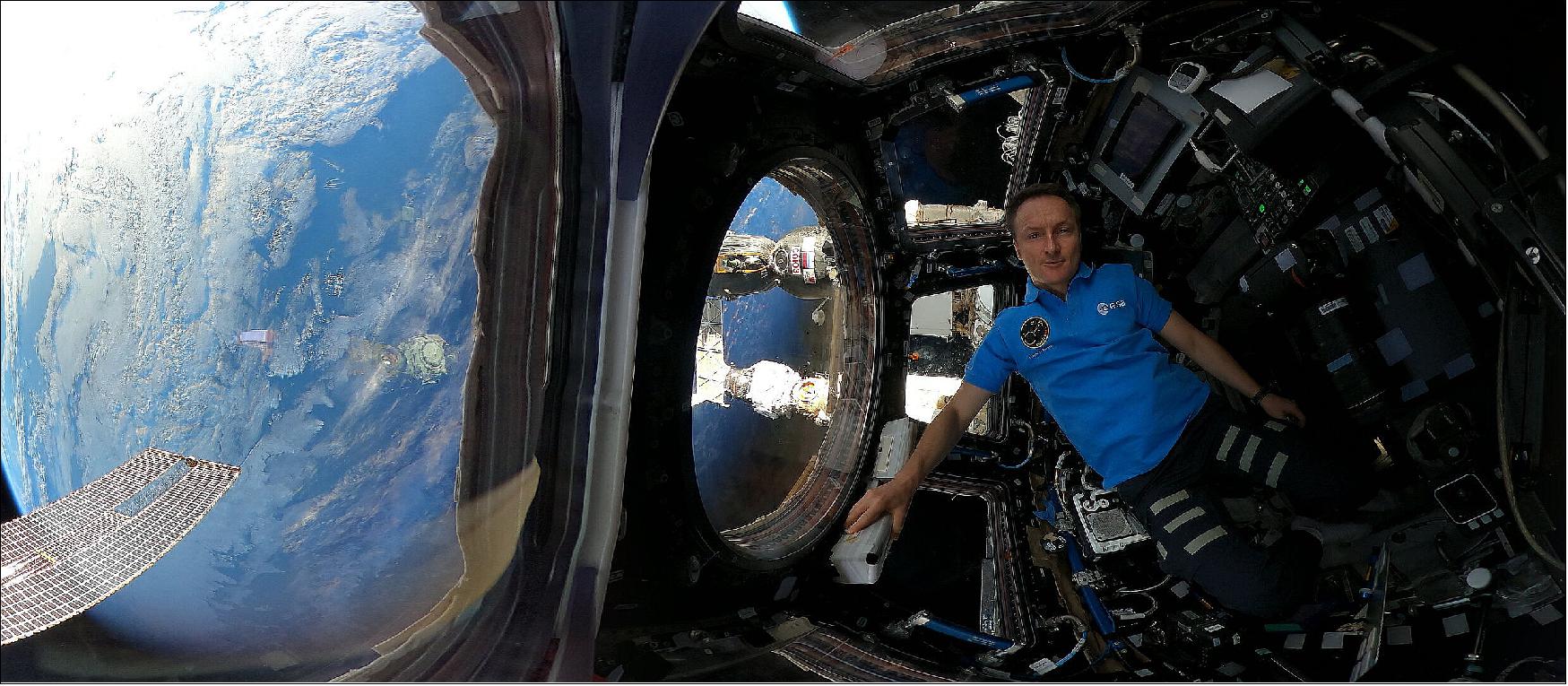
While curiosity is the engine of space exploration, knowledge is the ultimate destination. As science and its applications will make space exploration a greater reality, the knowledge acquired will reveal our history, inform our future, and give us a mirror – like the Pale Blue Dot – for an enhanced understanding of ourselves and our environment.
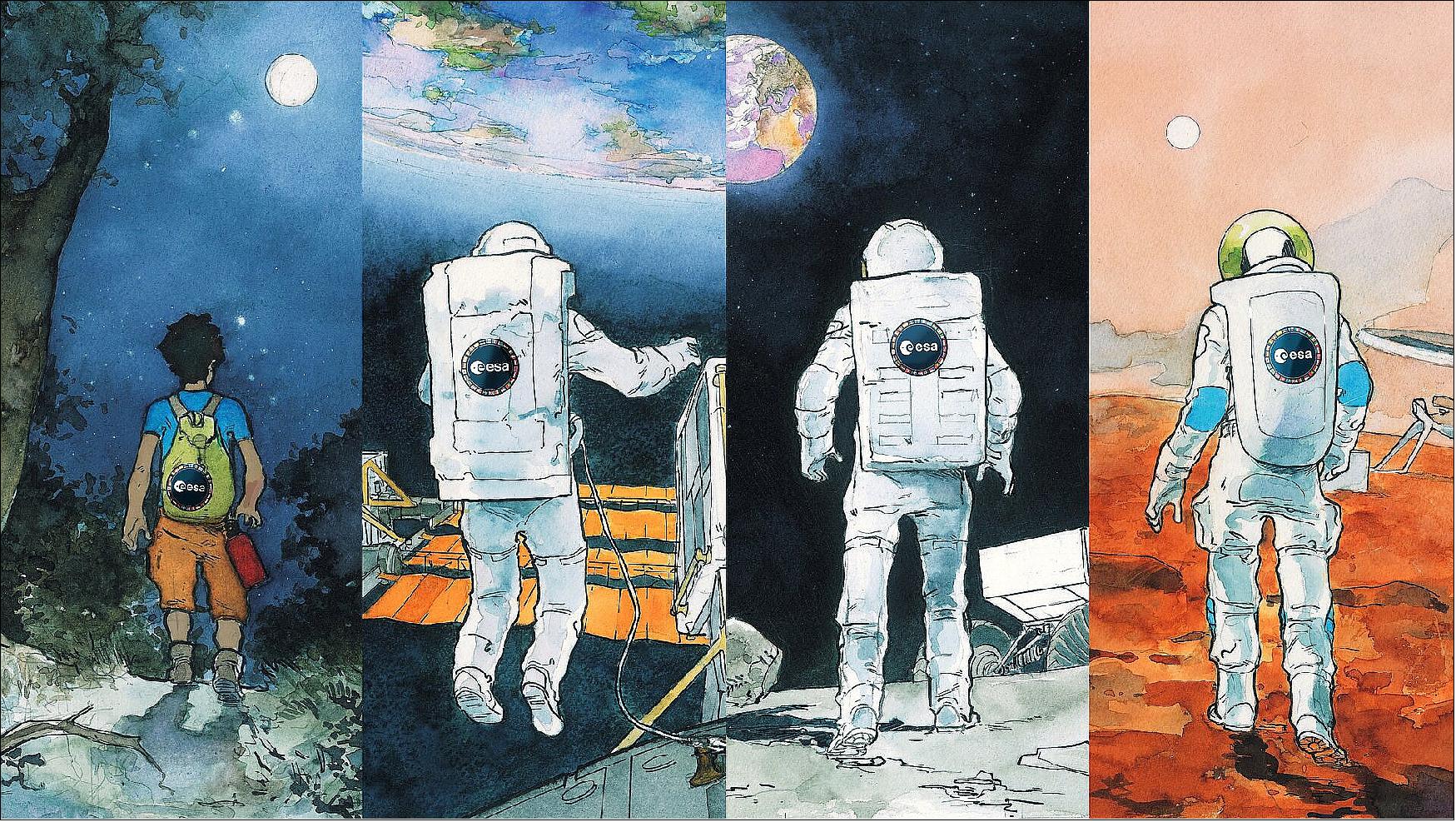
Terrae Novae is ESA’s exploration programme. Terrae Novae is not only literally about exploring new worlds, but by describing the limitless opportunities for discovery, economic growth and inspiration it also expresses our ambitions for Europe’s future innovators, scientists and explorers. 3)
Figure 8: This video shows the many exploration activities ESA is conducting or has planned in our Solar System, from the International Space Station to the Moon with the European Service Module and lunar Gateway modules for Artemis, and on to Mars with the Mars Sample Return campaign (video credit: ESA)
References
1) ”From Earth orbit to the Moon and Mars: ESA’s exploration roadmap for space autonomy and leadership,” ESA Science & Exploration, 4 July 2022, URL: https://www.esa.int/Science_Exploration/Human_and_Robotic_Exploration/From_Earth_orbit_to_the_Moon_and_Mars_ESA_s_exploration_roadmap_for_space_autonomy_and_leadership
2) ”Terrae Novae: Europe's exploration vision,” ESA Science % Exploration, URL: https://www.esa.int/Science_Exploration/Human_and_Robotic_Exploration/Exploration/Terrae_Novae_Europe_s_exploration_vision
3) ”Terrae Novae: Earth orbit, Moon and Mars,” ESA Science & Exploration, 5 July 2022, URL: https://www.esa.int/ESA_Multimedia/Videos/2022/07/Terrae_Novae_Earth_orbit_Moon_and_Mars